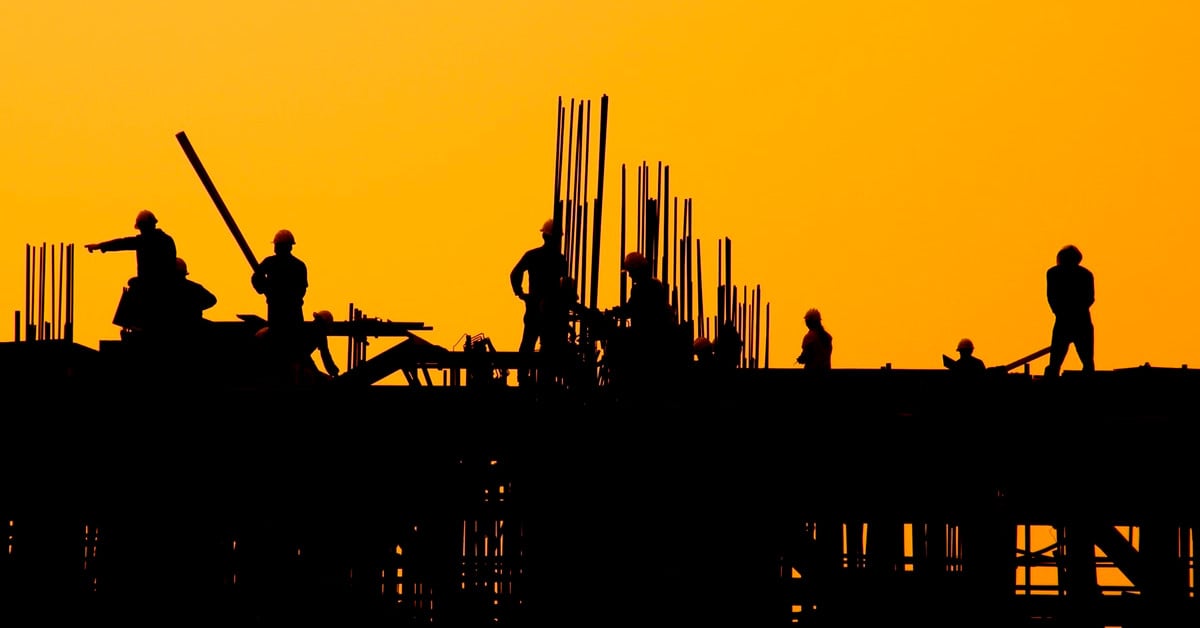Construction Material Life Cycle Assessment and Environmental Impacts
Life Cycle Assessment is not about how well one performs on an exercise bicycle but instead endeavors to characterize the environmental impacts of a product or service throughout its life cycle starting with obtaining raw materials and ending with disposal.

By Kevin Shannon
September 6, 2012
Life Cycle Assessment is not about how well one performs on an exercise bicycle but instead endeavors to characterize the environmental impacts of a product or service throughout its life cycle starting with obtaining raw materials and ending with disposal.
Originally concerned with energy analysis, over the last three decades Life Cycle Assessment (LCA) has evolved into a distinct field incorporating comprehensive scientific-based inventory and evaluation techniques that holistically measures the environmental impacts of producing a product or service within the following sequential stages:- Raw Material Resource Extraction
- Manufacturing
- Delivery and Transportation
- Use, Maintenance and Repair
- Disposal or Recycling
Green Buildings and Life Cycle Assessments
Green building is a “whole systems” approach to design and construction that seeks to increase the efficient use of energy, water, and materials and decrease environmental impacts through building site orientation, construction methods, building operations and maintenance, waste reduction, and ultimately building deconstruction. The central theme in the green building approach is the efficient use of natural resources and materials.
With the green building movement having progressed from a trend to incorporation in building codes that is fully established, would environmental impacts still occur? In the context of LCA, the green building movement may provide a counter-intuitive perception that little or no environmental impacts should occur because, after all, we are now building green. On the contrary, any building endeavor would result in environmental impacts, either negative or beneficial.
To start the LCA process, begin with answering and documenting the following broad questions regarding building materials:
- Identify the material(s) that comprise the product
- How is the product manufactured
- Where is the product manufactured
- What is the anticipated use of the product
- What is the expected life expectancy of the product
- How much maintenance will the product require
- How much of the material is recyclable
The answers to these questions will provide the basis for a thorough evaluation of the environmental impacts in the LCA and set the stage for design and construction tradeoffs to occur.
A Concrete Example
Selecting concrete as a typical and necessary building material as an example, according to the National Association of Homebuilders, a standard 2,000 square foot single-family detached residence requires approximately 17 tons of concrete. The concrete in this residence has been on a long journey beginning at the first stage of raw material resource extraction and the second LCA stage of manufacturing Portland cement. The journey to the residence would also involve stops along the remaining LCA stages for delivery and transportation of the product, use, maintenance, and repair of the product as part of the residence, and ultimately disposal or recycling when the building ends its useful life.
Environmental Assessment Questions
As reported in a 2011 Environmental Science & Technology article, a major share of the environmental impacts do not occur in the use, maintenance and repair of the product itself, but in the production, transportation, and disposal stages. Focusing further on the concrete example by selecting one of the questions from above – where the product is manufactured – and posing detailed questions regarding this process, then a picture of potential environmental impacts will begin to emerge as shown in the following table.
Environmental Assessment Questions Table
|
Question |
Environmental Media Potentially Affected |
|
Is the cement plant located in an air basin classified as non-attainment according to state and federal criteria? |
Air Quality Greenhouse Gas (Climate Change) |
|
Is the transportation system adequate for shipping the cement to market? |
Transportation |
|
Is the existing and future water supply for the cement plant stable? |
Hydrology and water supply |
Steps to Understanding Environmental Impacts
Green building should continue even though environmental impacts will occur. In the single-family residence example, the continued use of concrete as a building material is necessary. Given the continued use of this material, the following considerations should be incorporated into a thorough LCA that could lessen environmental impacts.
- Begin with a complete Life Cycle Inventory (LCI). An LCI is a necessary part of a comprehensive LCA. An uncertain LCI cannot lead to a certain LCA!
- In addition to assessing which environmental media would be impacted, also include considerations that may not be directly related but could have an indirect environmental effect. For example, determine if the cement plant is about to close due to regulatory restrictions.
- No one single LCA methodology has been officially accepted. Run several LCA assessments incorporating different assumptions to put more certainty into the uncertainty.
- LCAs are generally completed for either individual products or entire building systems. Consider running LCAs for both.
- In the residence example, concrete represents approximately 15 percent of the waste generated from construction. Determine ways to reduce concrete waste by using less concrete, increase recycling, or both.
- Simply put, build smaller. In a 2005 article from the Journal of Industrial Ecology, the average size of single-family homes has more than doubled while the average family size has decreased since the 1950s.
ADEC ESG Solutions is a leading provider of ESG solutions, including fully-integrated industry expertise, software solutions, and data management. For more information about LCIs and LCAs, schedule a free consultation with one of our experts.
Did you enjoy this post? The author of this article is Kevin Shannon. Learn more about him here.
Related Articles
Environmental Assessments, Building Green
By Kevin Bolland on December 23, 2019
Environmental Impacts | Environmental Assessments | CEQA | Environmental Planning | city planning
By Rachel Reese on April 19, 2016
Environmental Impacts | Building Green | CEQA | Environmental Planning | LEED | Sustainability | Development
By Ben Wilde on March 29, 2016
Environmental Consulting | Environmental Impacts | Building Green | Carbon Management | LEED | Air Quality | Sustainability | Innovation | Energy
Be a sustainability leader.
Our team supports you no matter where you are on your Sustainability Journey. Talk to us today to learn more.




